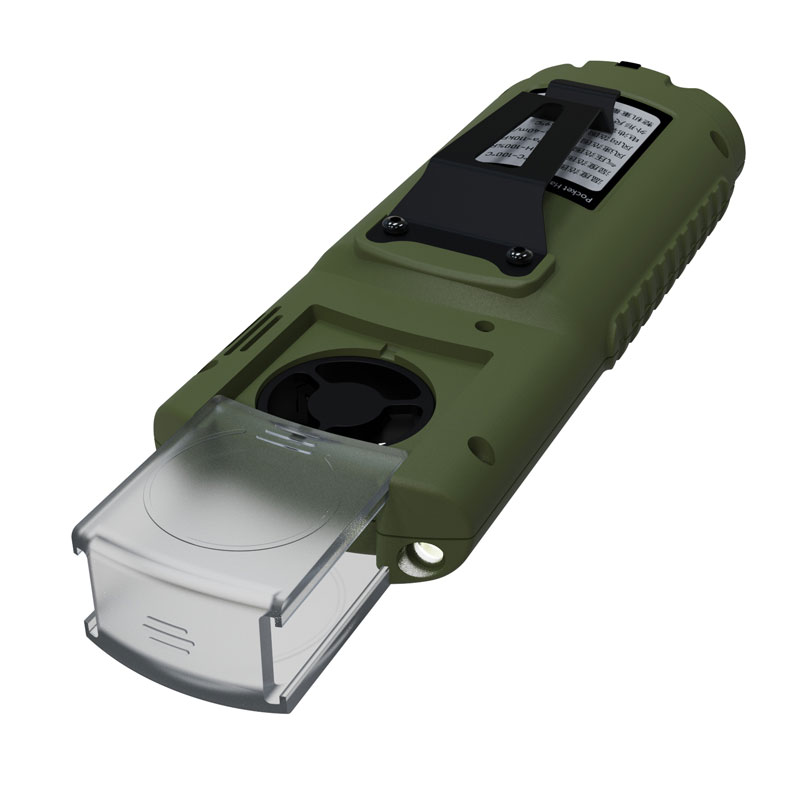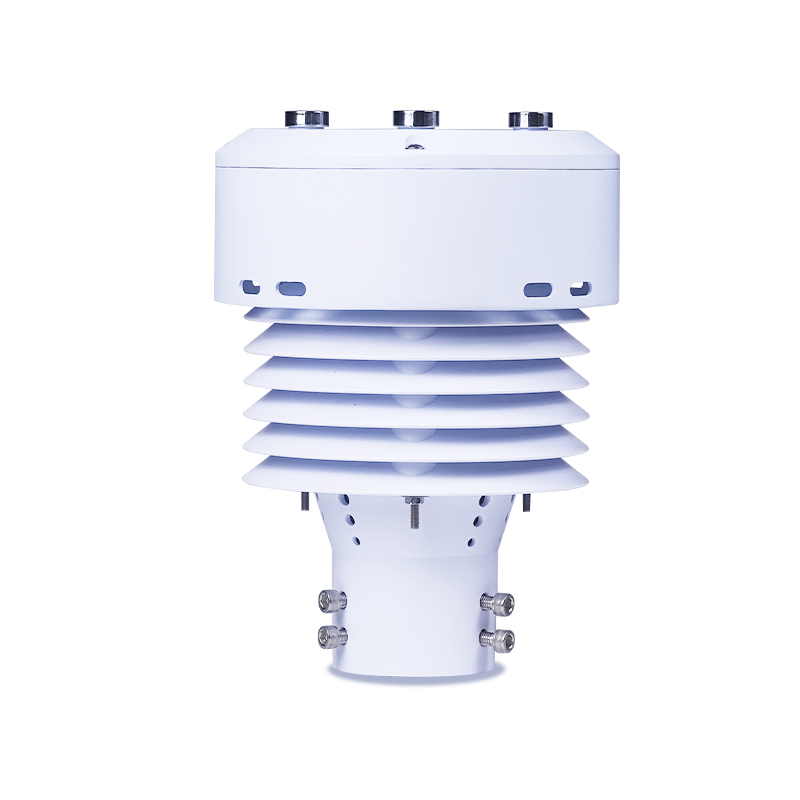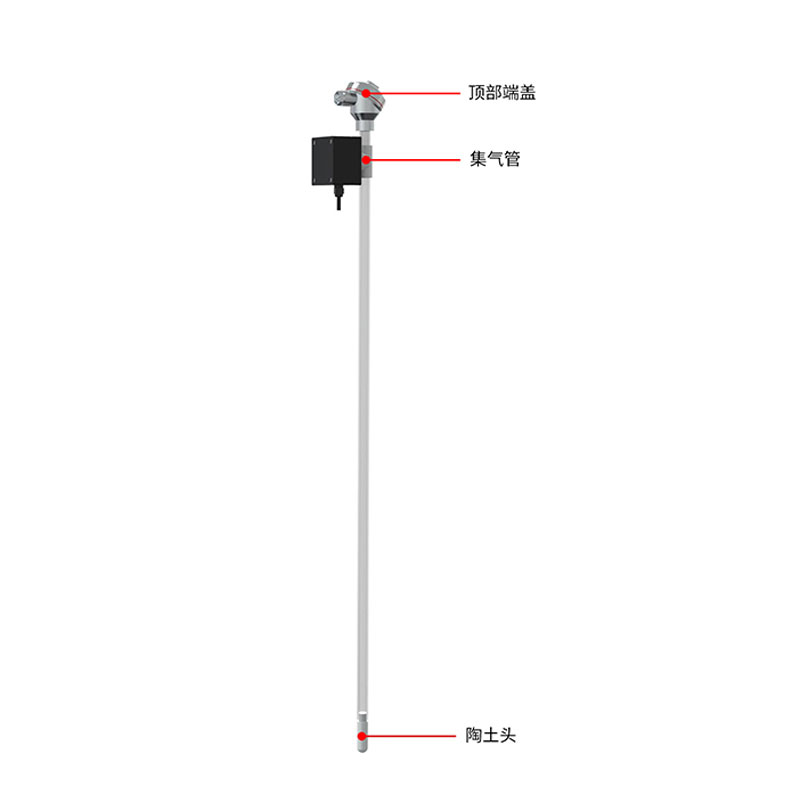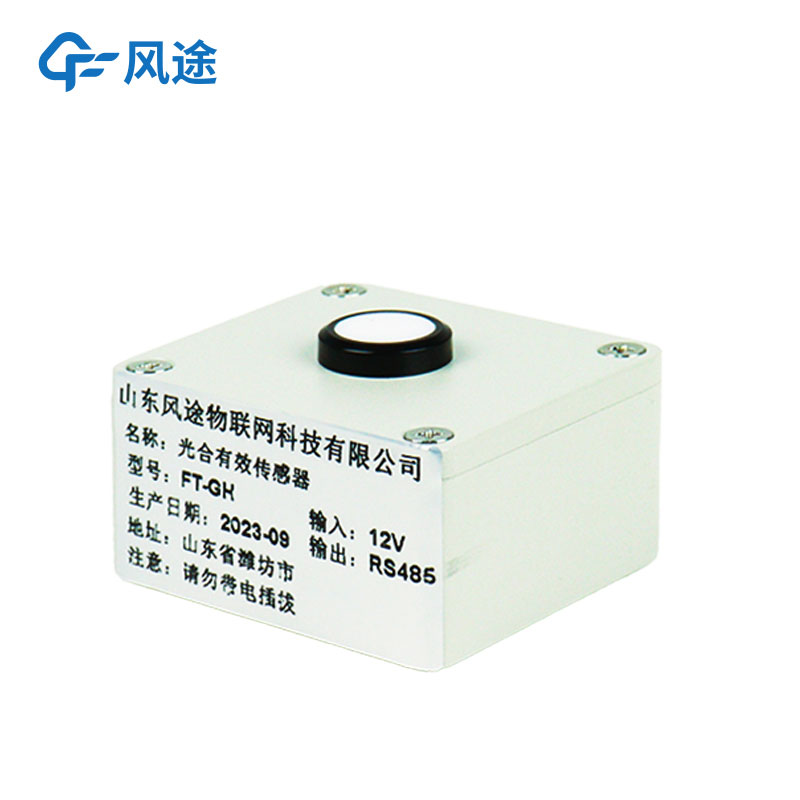Product
-
Weather station
-
Portable Weather Station
-
Weather Sensor
-
Visibility Monitoring
-
Cloud and aerosol observation
-
Atmospheric environment monitoring station
Recommended article
- Small weather station for rain, snow and wind monitoring
- Integrated forest fire risk factor monitoring station component
- What is an on-farm microclimate monitoring system?
- Negative Oxygen Ion Detector Company
- Small Weather Station Brand Ranking
- Small Intelligent Weather Station Manufacturer Recommendation
Contact us
Shandong Fengtu IOT Technology Co., Ltd
Sales Manager:Ms. Emily Wang
Cel,Whatsapp,Wechat:+86 15898932201
Email:info@fengtutec.com
Add:No. 155 Optoelectronic Industry Accelerator, Gaoxin District, Weifang, Shandong, China
Which IoT devices are suitable for weather stations?
Article source:Weather station time:2024-03-13 08:57:13 viewed:5times
In brief, IoT devices suitable for use as weather stations mainly include sensors, data collectors and transmission devices.
Sensors are used for real-time monitoring of various weather elements such as temperature, humidity, wind speed, etc. Data collectors are responsible for collecting data from sensors and converting it into a format that can be processed and transmitted. The transmission device is then responsible for sending the collected meteorological data to a remote data centre or to the user end.
In order to accurately predict weather and air quality, we often need to build micro weather stations in multiple locations, including mountainous areas. Traditional weather stations have poor communication and are not monitored in a timely manner. Now with IoT technology, we can quickly upgrade traditional weather stations to smart weather stations to improve the timeliness and accuracy of monitoring.
The smart weather station includes a variety of sensors and monitoring devices, like solar radiation, wind direction and speed, and rainfall can be measured. It supports building block construction and modular customisation, and can accurately collect real-time data on temperature, humidity, light and other agricultural environments.
Weather station data can also be displayed on the privatised agricultural big screen for visual analysis. This big screen can display monitoring data from multiple angles, and the data can be analysed at any time with a mobile phone or a computer, and remote control is more convenient, which improves work efficiency.
Meteorological data is transmitted to the cloud platform in real time, and the platform will generate monitoring curves and data tables and graphs. Once the data exceeds the limit, the platform will issue multiple alarms, including APP, SMS, phone, email and WeChat messages.

This paper addresses:https://www.yf182.com/industry/207.html
Related products
Related article
-
Classification of automated weather stations
2024-02-19 -
What is the Negative Oxygen Ion Monitoring System?
2024-02-22 -
Dust pollution detector to monitor PM2.5
2024-01-24 -
Full Intelligent Control Soil and Water Conservation Digital High Precision Artificial Rainfall Simulation System
2024-04-17 -
Tracking Dust Pollution with High Tech
2024-04-23 -
Principle of field mini weather station
2024-04-09 -
What are the four conditions of agricultural monitoring?
2024-02-26 -
Introduction to the Integrated Forest Fire Risk Monitoring Station
2024-04-22










